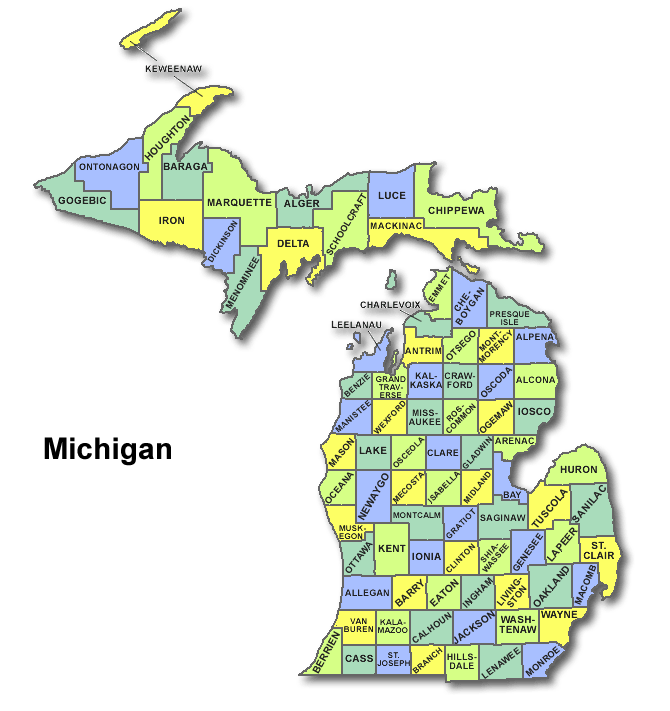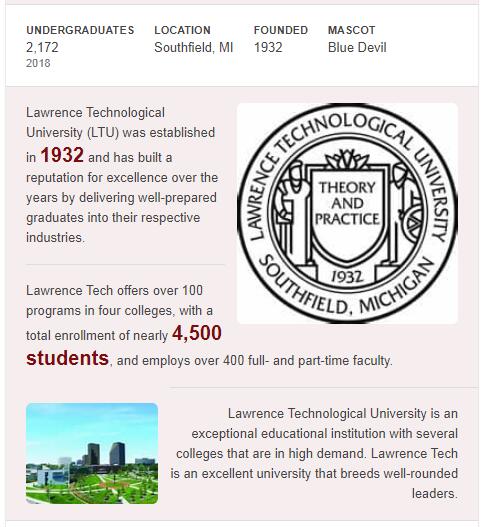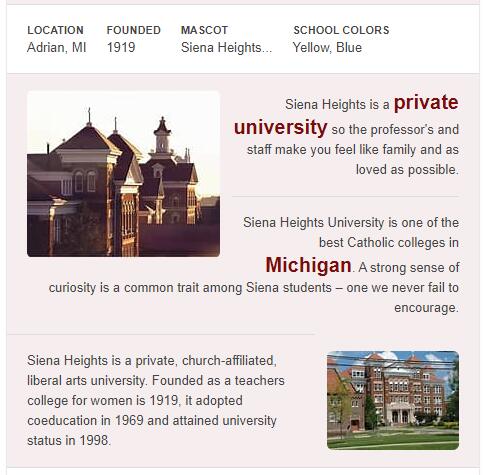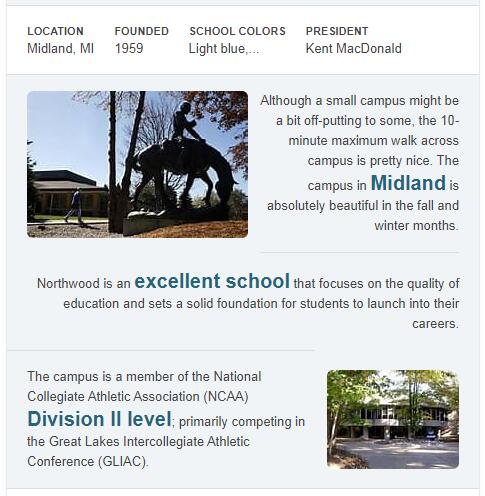Michigan is a state in the Midwestern United States, part of the Northeast Central group of states. 26th state in the union. The capital is Lansing. The largest city is Detroit; other major cities are Grand Rapids, Warren, Flint, Sterling Heights, Ann Arbor, Wayne.
Name origin
The name of the state of Michigan, like the names of most US states, comes from the language of the native inhabitants of the United States – the American Indians. In the Ojibwe language, the word mishigama means “big water” or “big lake”. Hence the name of the state of Michigan – “State of the Great Lakes”.
GEOGRAPHY
The state of Michigan is located in the Midwest of the United States and belongs to the northeast central states. Michigan borders Canada in the north and east; the states of Minnesota, Wisconsin and Illinois in the west; Indiana and Ohio in the south. The state of Michigan occupies about 254,000 km2 (11th place in the USA), and about 40% of the state’s area falls on water bodies (of all US states, only Alaska has more water spaces). Michigan is the largest state east of the Mississippi. Michigan, located on two peninsulas (Upper and Lower), is surrounded by the Great Lakes – Erie, Huron, Michigan and Upper. The Michigan peninsulas are separated by the Mackinac Channel. The width of the canal connecting Lake Huron and Michigan at its narrowest point is about eight kilometers. The area of the Upper Peninsula is almost 43,000 km2, which is about a third of the land area of Michigan. The eastern part of the Upper Peninsula is lowland, often marshy. In the west, there are several low (up to 600 meters above sea level) hills and plateaus, part of the Laurentian Upland.
There are about 4,300 inland lakes on the Upper Peninsula, the area of the largest of them, Lake Gojbik, is 54 km2. More than a third of the Upper Peninsula is covered with dense forests, the animal world of which is extremely diverse. Bears, moose, deer, wolves, foxes, otters, martens, lynxes, coyotes, hares, chipmunks, squirrels, raccoons, hawks, gulls, tits, robins, woodpeckers, bald eagles, snakes, turtles, salamanders and many other animals live here, birds and reptiles. In the rivers and lakes of the Upper Peninsula of Michigan there are many fish, including walleye, trout, salmon and other species.
CLIMATE
The state of Michigan as a whole is characterized by a humid continental climate, which is significantly influenced by the huge water surfaces of the state, both the surrounding Great Lakes peninsulas, and the very numerous inland bodies of water. In the southern and central parts of the Lower Peninsula, the climate is relatively warm, with hot summers and cold winters.. The average temperature in January is from -8°C to -1°C, in July – from 18°C to 28°C.
In the northern part of the Lower Peninsula and Michigan’s Upper Peninsula, the climate is much more severe, with warm but short summers and long, cold winters. The average temperature in January is from -16°C to -7°C, in July – from 12°C to 24°C. In Michigan, there are often heavy snowfalls and blizzards, there is even a special term – “lake-effect snow” (“effect snow from lakes”). Southern Michigan is quite often (on average seventeen times a year) hit by tornadoes, and there are often thunderstorms.
ECONOMY
Michigan’s economy is very diverse; agriculture, mining, food processing, woodworking, tourism and other industries are well developed here. But, undoubtedly, the “main” direction in the economy of Michigan is the automotive industry.
It is here, in the area of the metropolis of the “world’s automobile capital” Detroit, that the headquarters of the “big three” American car manufacturers are located: General Motors, Ford Motor Company and Chrysler. More than four thousand enterprises work in the state, from very small to gigantic, one way or another connected with the automotive industry. About five hundred and seventy thousand people in the state are employed in high-tech industries, Michigan ranks fourth in this indicator in the United States. Over seventy thousand of these workers are employed precisely in automobile plants.
A very high (third – fourth place in the US) level of spending on research and development in Michigan is directly related to the automotive industry. So, for example, by order of the US federal government in Michigan, work is underway to create electric vehicles, lithium-ion batteries for them, and many others.
TOURISM
Tourism is very important to the state’s economy. Michigan is one of the most popular US states for tourists. The diverse nature of Michigan, excellent hunting and fishing, numerous museums (including the Detroit Historical Museum, the Henry Ford Museum in Dearborn, the Detroit Institute of Arts art gallery and others), located in the Greater Detroit metropolitan area, several casinos and other attractions attract tourists to Michigan.
In addition, Michigan hosts a number of annual events that are consistently popular. These are the Holland Tulip Festival, the Traverse City National Cherry Festival and others.
Cities and Towns in Alcona County, Michigan
Alcona County Overview Alcona County is located in the northeastern part of Michigan’s Lower Peninsula, along the scenic shores of Lake Huron. Established in 1840, Alcona County is known for its natural beauty, including forests, lakes, and beaches, making it…
Read more
























